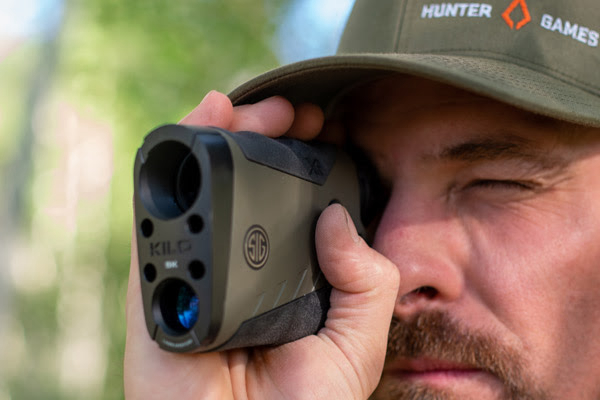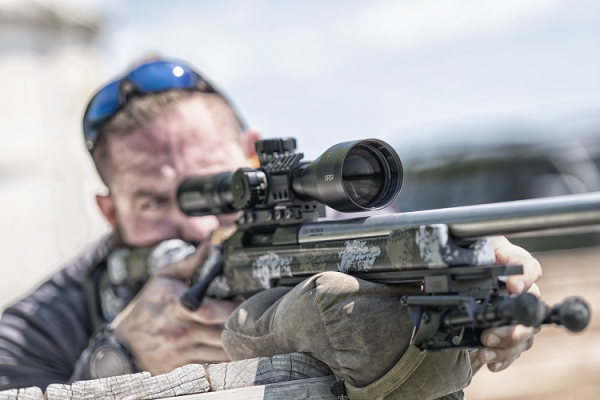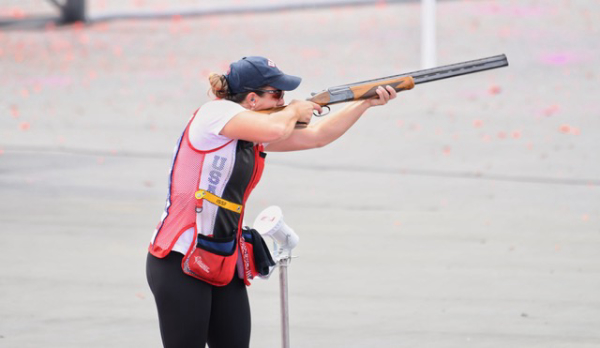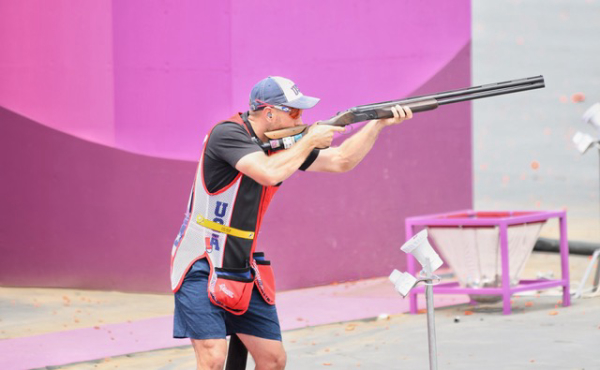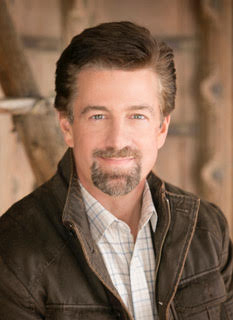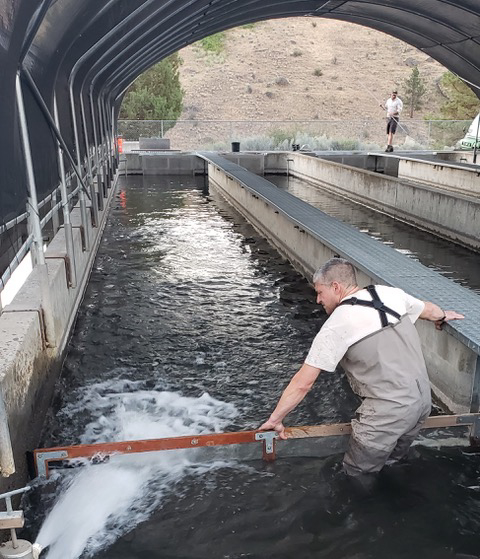
Mike Clark and a team of fisheries professionals watched the weather forecast for late June and knew it meant serious problems for the more than 7 million salmon being reared in the Columbia River Gorge National Fish Hatcheries.
Each day the weather forecast for the Pacific Northwest brought increasingly dire predictions. What started as 104 degrees soon became a forecast of 108 degrees. Then 111 … 115 …. 117 degrees.
The numbers were unfathomable for the normally temperate Pacific Northwest. If they came true, they would exceed previous all-time record highs for many areas by almost 10%. Clark, manager of the Columbia River Gorge National Fish Hatchery Complex, and the staff knew it would have a pronounced impact on the water temperature and the juvenile salmon at hatcheries in the complex.
That meant there was a lot of work with little margin for error as the heat dome settled in from June 25–29.
Fortunately, U.S. Fish and Wildlife Service’s Fish and Aquatic Conservation staff and partners at the Confederated Tribes of the Warm Springs and Yakama Nation were ready for the challenge.
“This was a huge effort in some demanding weather conditions,” Clark said. “It took a lot of people pulling together in extreme weather to protect an important and very delicate resource. This year was particularly significant because of some juvenile wild spring Chinook salmon we had at Warm Springs National Fish Hatchery, which are incredibly important to our tribal partners.”
When the week was all done, the numbers were staggering: Little White Salmon National Fish Hatchery (NFH) in the Columbia Gorge recorded an air temperature of 122 degrees with a reading of 160 skin-blistering degrees on the pavement on June 28.
Despite the hazardous heat, staff and partners worked together to safely transfer 348,000 spring Chinook salmon safely from Warm Springs NFH, and release another 7.15 million juvenile upriver bright fall Chinook salmon eight days ahead of schedule so they could make their way out to the Pacific Ocean before river temperature hit the danger range. Read more


